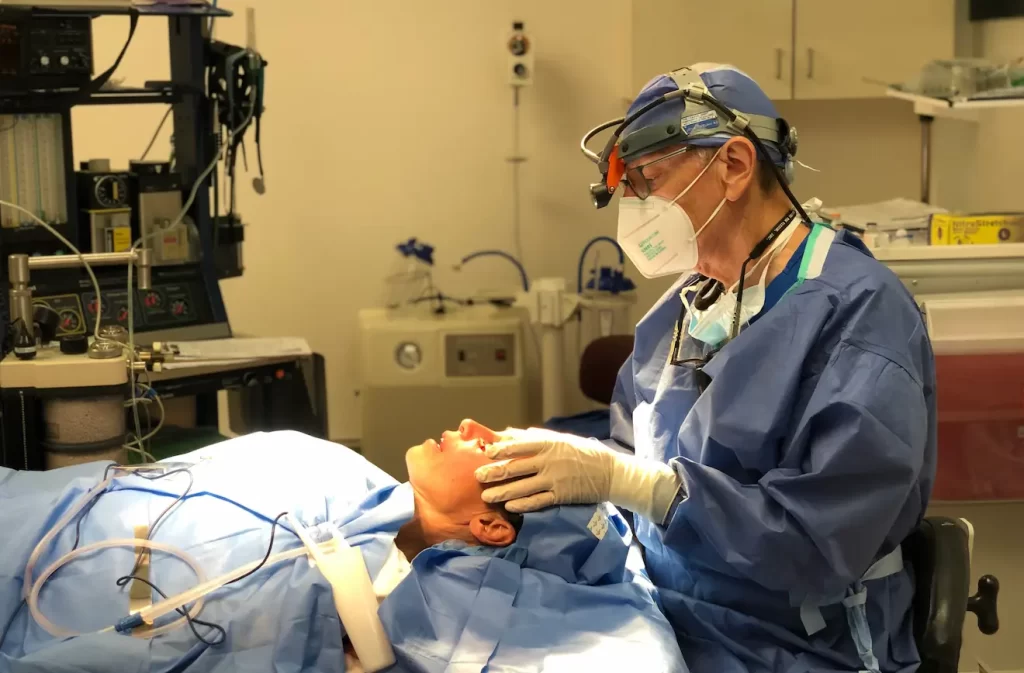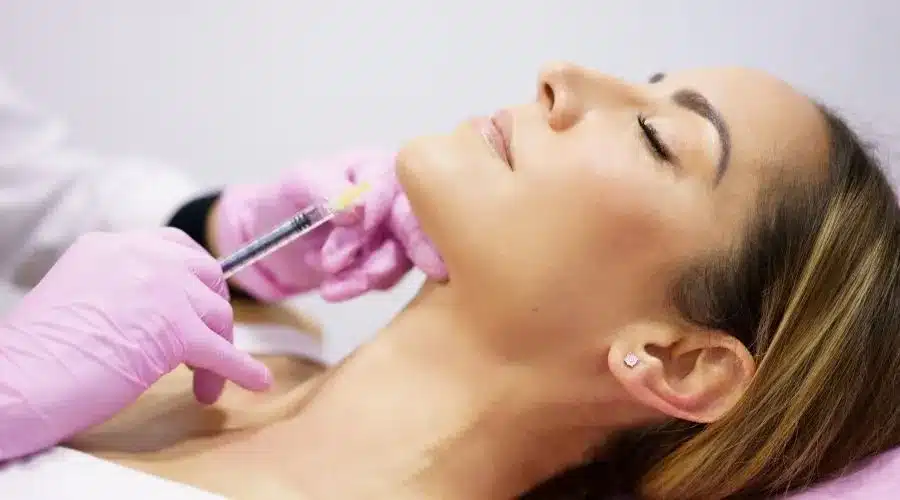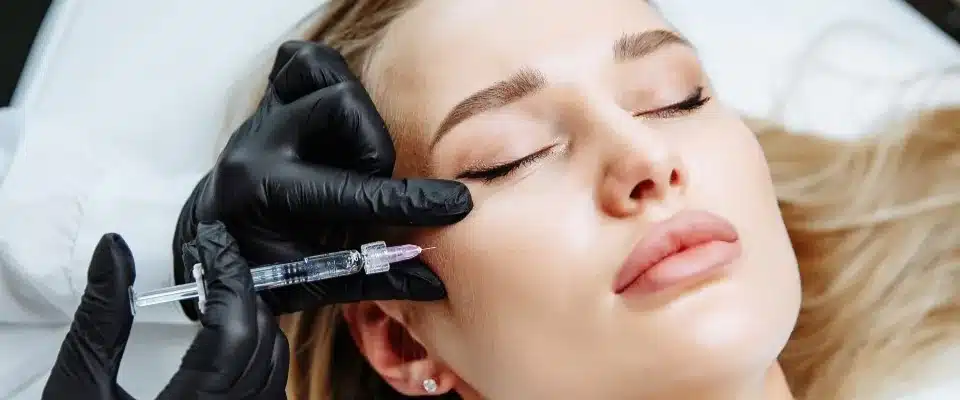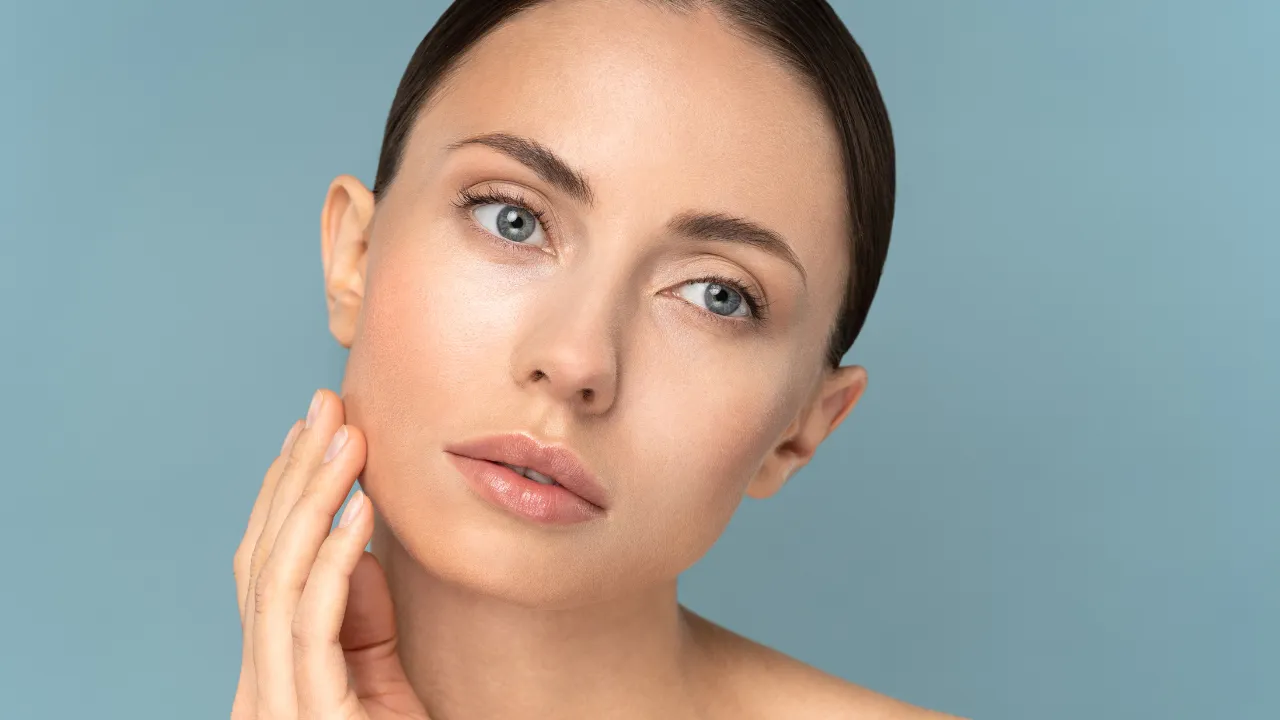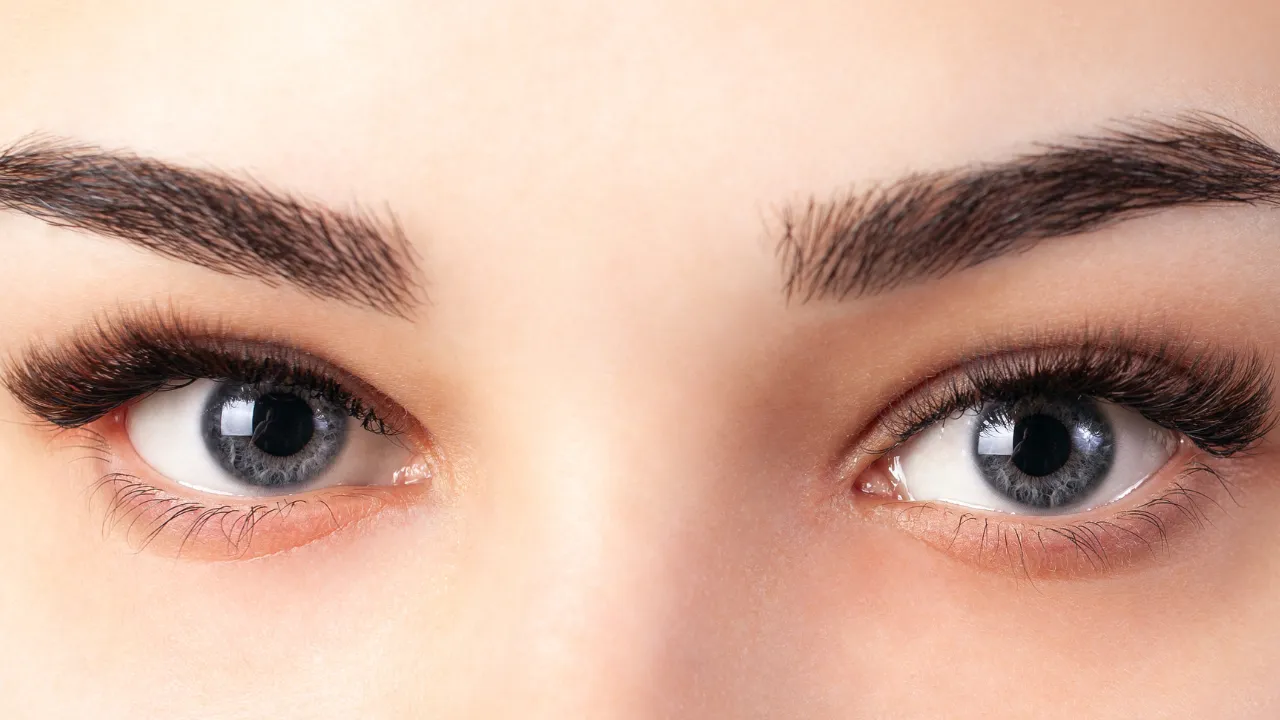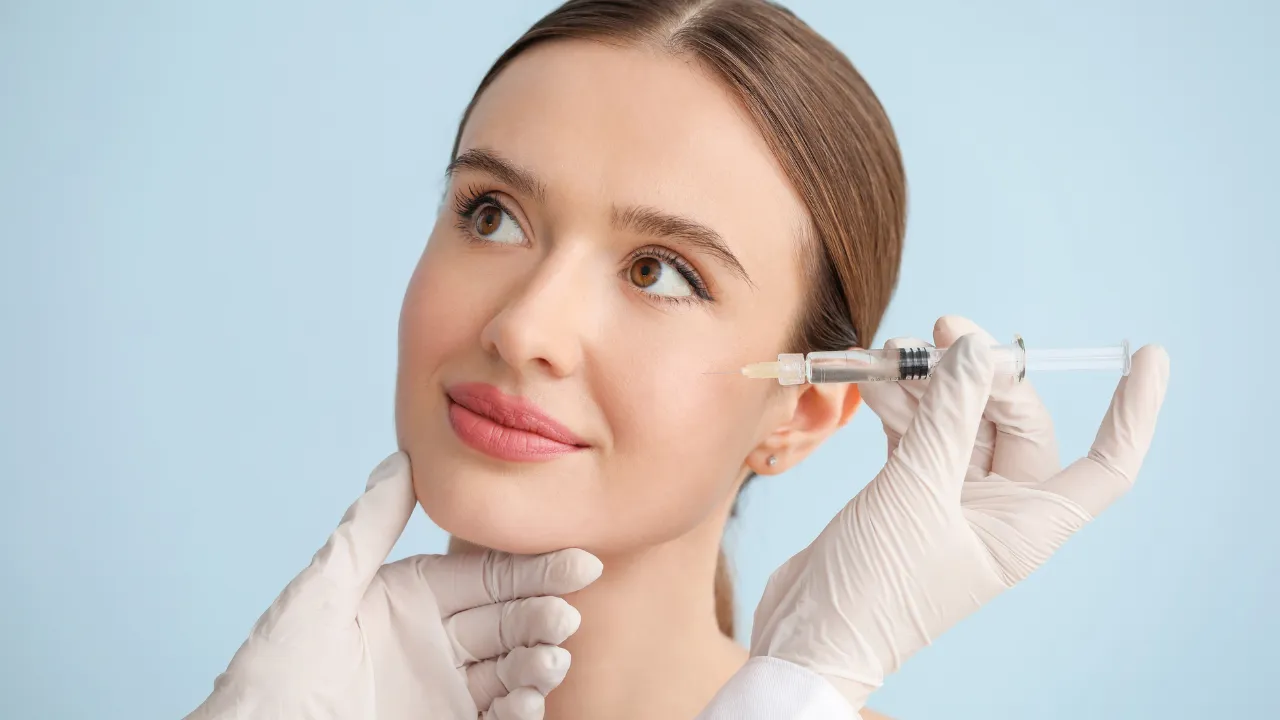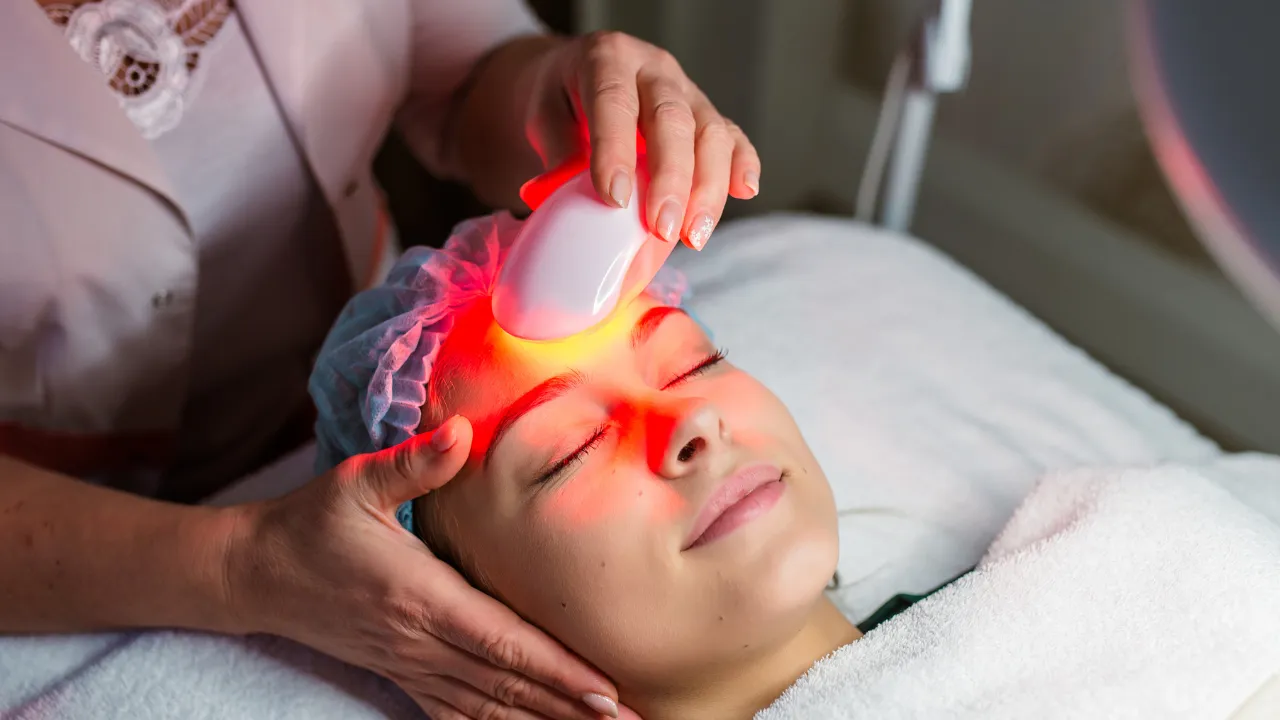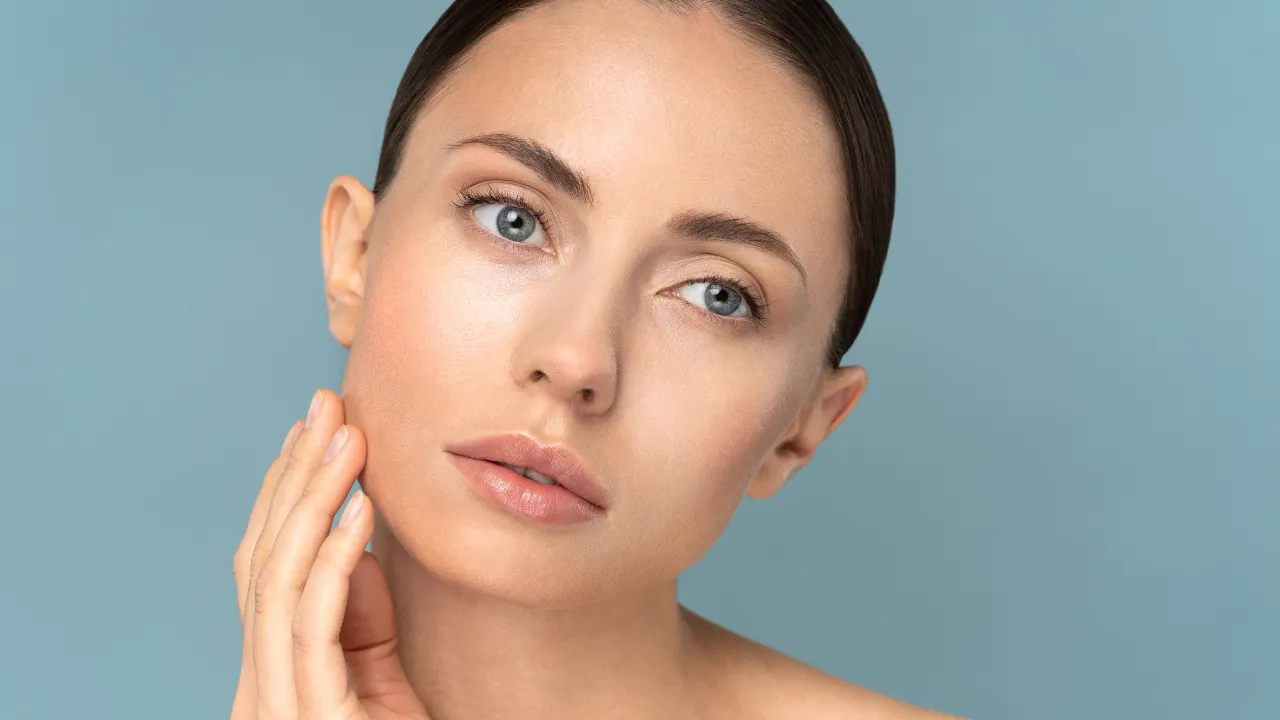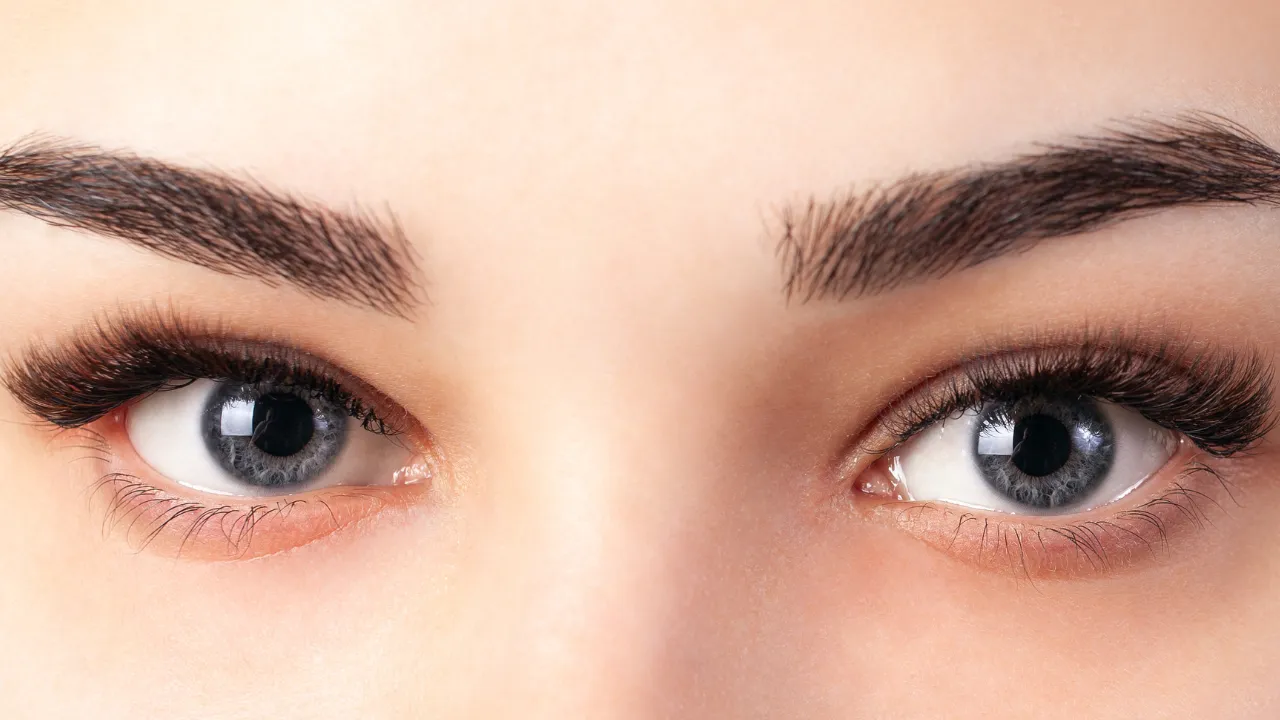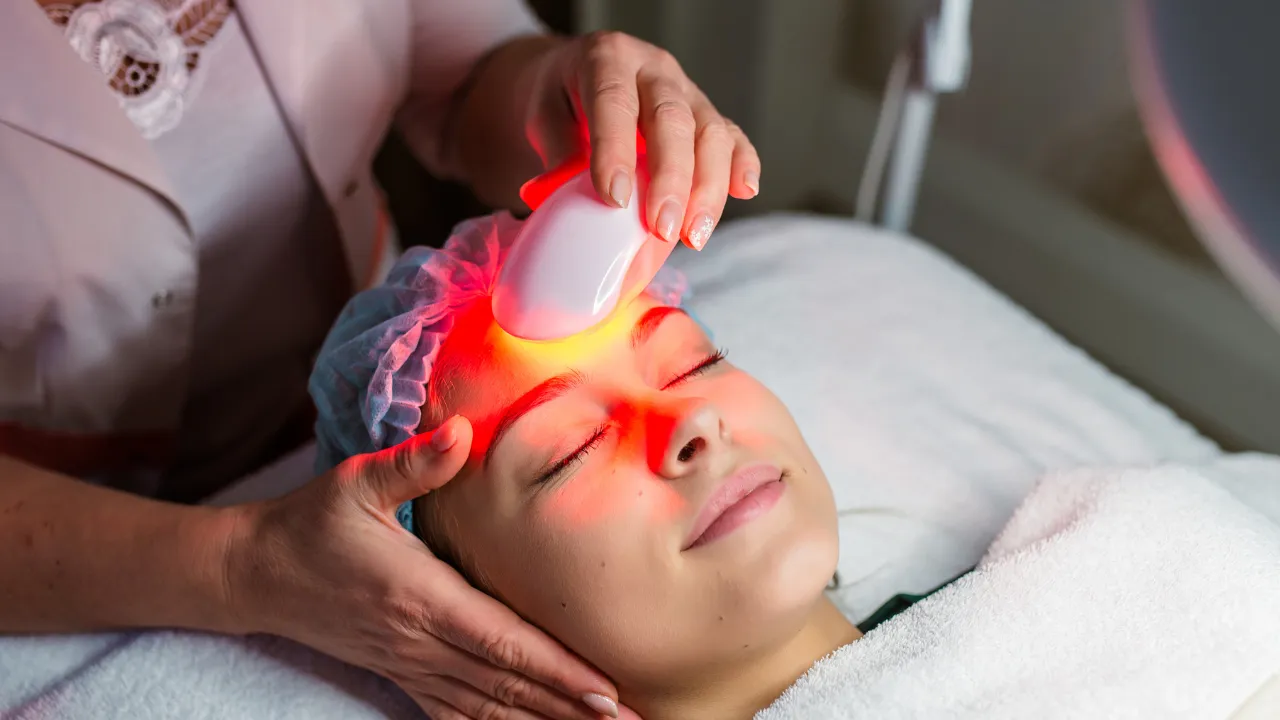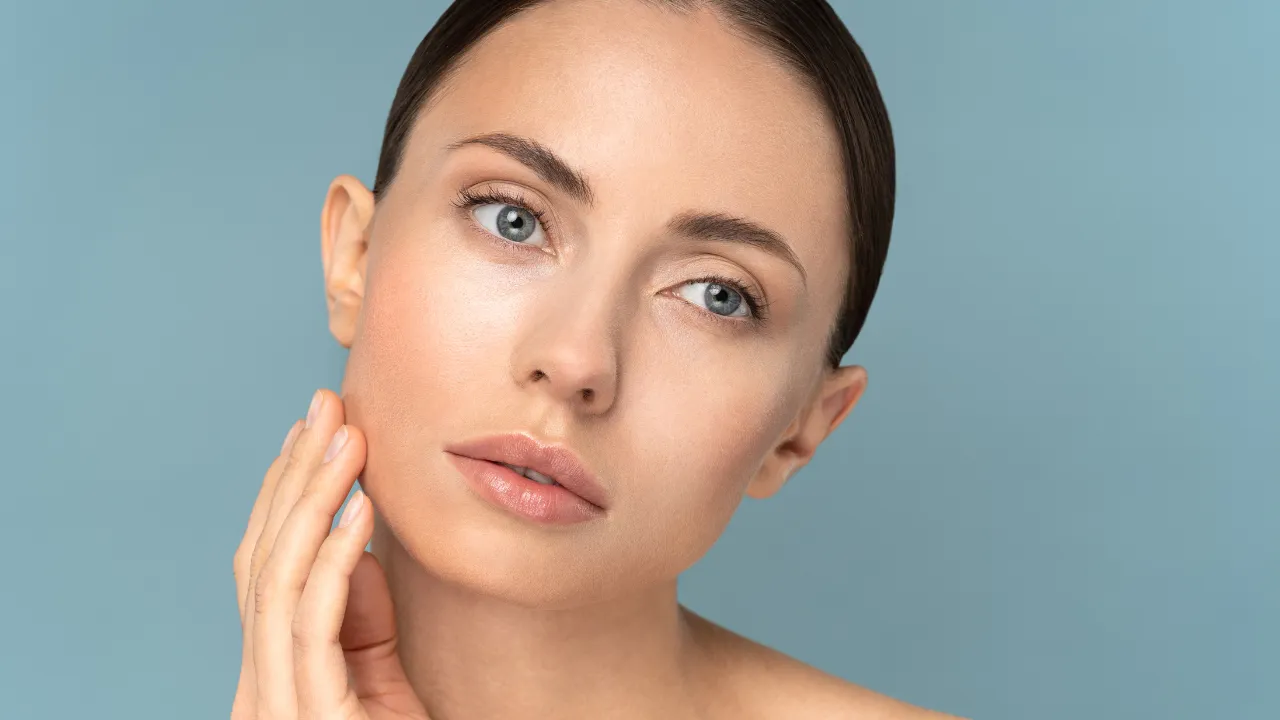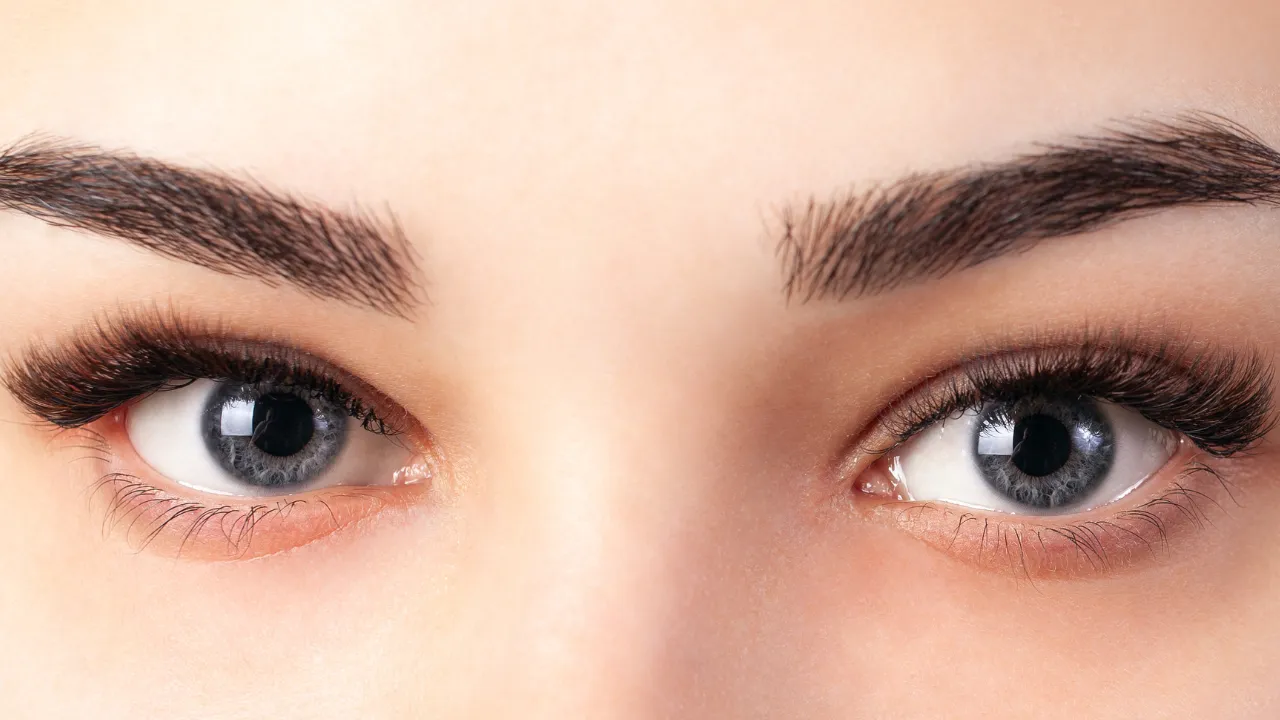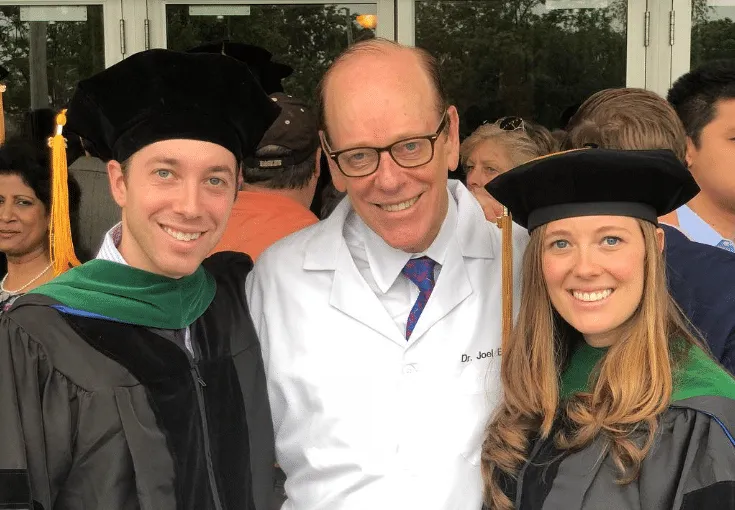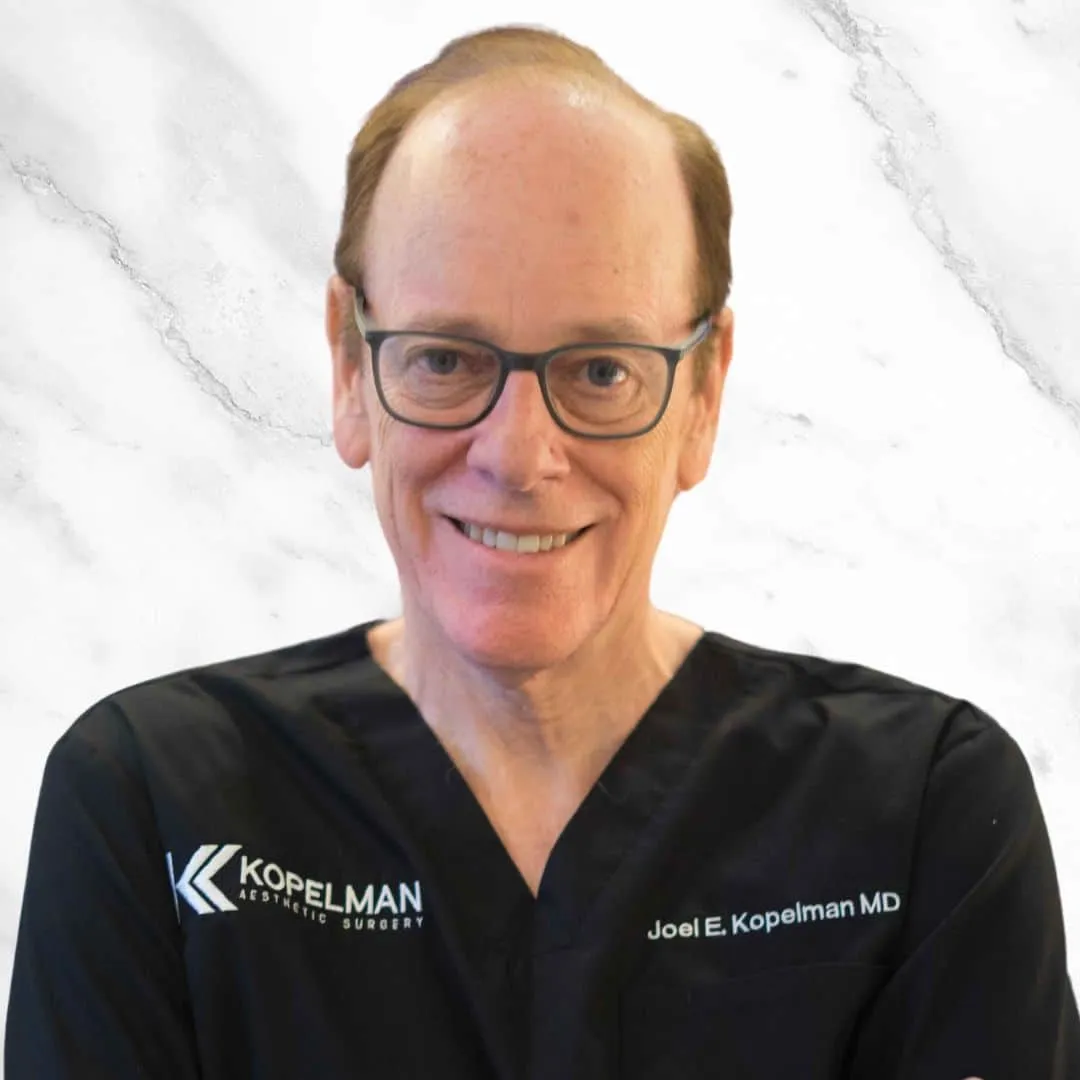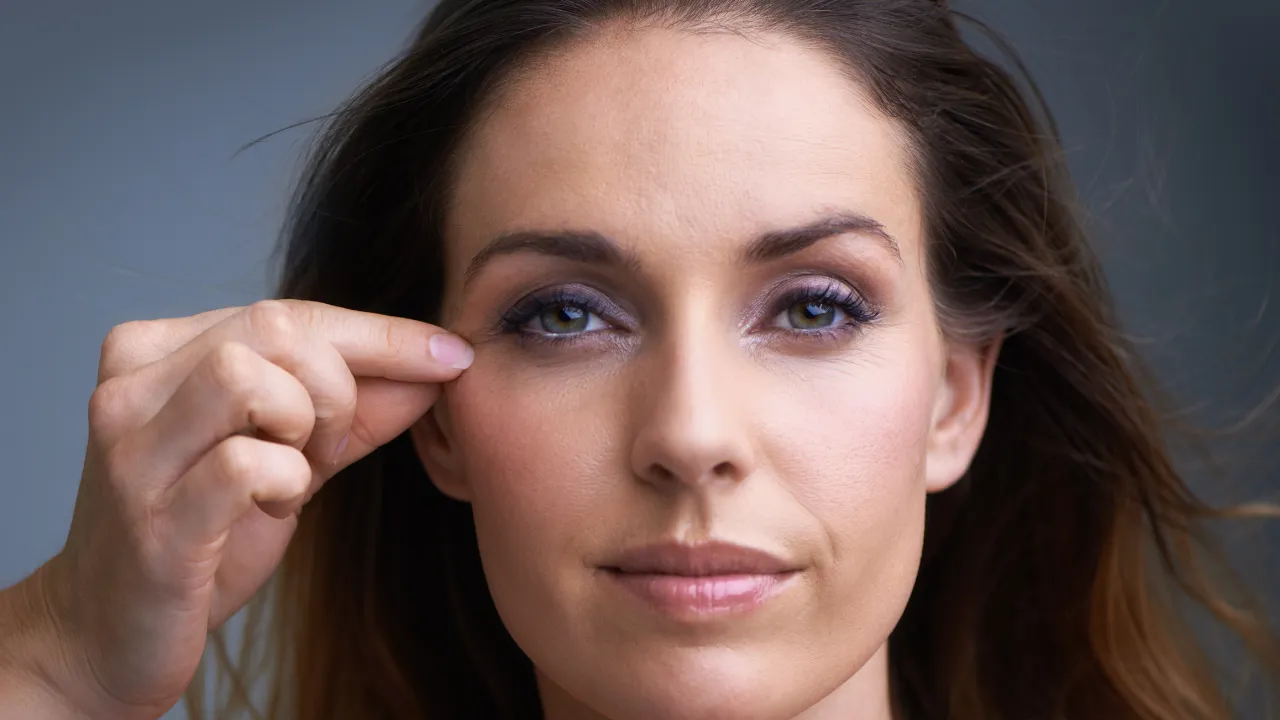When patients ask who does blepharoplasty, the answer depends on the complexity of the case and the results they want to achieve. At Kopelman Aesthetic Surgery in New York, Dr. Joel Kopelman—an acclaimed oculoplastic surgeon with over 35 years of experience—offers personalized care and advanced techniques to ensure both functional improvement and natural results.
Table of Contents
ToggleUnderstanding Eyelid Surgery
What Is Blepharoplasty?
Blepharoplasty eyelid surgery is a surgical procedure that removes excess skin, tightens tissue, and restores the natural contour of the upper and lower eyelids. It’s performed for cosmetic or medical reasons and can help improve the field of vision in cases where sagging skin obstructs sight.
Upper vs Lower Eyelid Surgery
Upper eyelid surgery focuses on correcting drooping eyelids and removing excess tissue that may cause discomfort or impair sight. Lower eyelid procedures address puffiness, loose skin, and under-eye bags, offering a more rested appearance.
Cosmetic vs Functional Eyelid Procedures
Cosmetic eyelid surgery aims to rejuvenate your appearance, while functional blepharoplasty is performed when sagging upper lids affect vision or eye function. In many cases, both goals are achieved with one well-executed procedure.
Types of Eyelid Surgeons
Comparing Plastic, Oculoplastic, and Ophthalmic Surgeons
- Plastic surgeons specialize in aesthetic improvements and general facial procedures.
- Oculoplastic surgeons like Dr. Kopelman are trained in both ophthalmology and facial plastic surgery, making them ideal for eyelid work.
- General ophthalmologists may handle some lid-related conditions but typically do not perform cosmetic surgeries.
Pros and Cons of Each Specialist Type
- Oculoplastic surgeons provide the most targeted expertise for delicate eye-area surgeries.
- Plastic surgeons offer strong cosmetic experience but may lack specialized training in eye anatomy.
- Ophthalmologists may be suitable for non-cosmetic, non-surgical care.
Choosing the Right Surgeon
Who Performs Eyelid Lifts: Key Provider Types
Who performs blepharoplasty matters more than most patients realize. Always choose a board-certified provider with extensive eyelid surgery experience.
How to Find a Top-Rated Surgeon
- Check credentials, reviews, and before/after photos.
- Prioritize specialists with consistent results in upper eyelid surgery.
Top Surgeons Near Me
Start by searching for licensed professionals with oculoplastic or plastic surgery certification.
NYC’s Best Blepharoplasty Providers
Dr. Kopelman is widely regarded as one of the best blepharoplasty surgeon in New York City due to his dual training and patient outcomes.
Oculoplastic Specialists in Your Area
Use terms like “oculoplastic surgeon near me” and verify board certification through official directories.
Candidacy and Insurance Coverage
How to Qualify for Eyelid Surgery
Your surgeon will assess your cosmetic goals and medical necessity to determine if you’re a candidate for eyelid surgery.
Criteria for Hooded Eyelids
You may qualify if sagging skin interferes with daily activities, vision, or causes discomfort.
Cosmetic vs Medical Necessity
Cosmetic eyelid surgery is elective and self-funded. Functional cases—like impaired field of vision—may be covered by insurance.
How to Get Insurance to Pay for Eyelid Surgery
Visual Field Testing and Documentation
An ophthalmologic exam and visual field test can document the impairment.
Surgeon Support with Insurance Claims
Clinics like Kopelman Aesthetic Surgery assist patients with submitting all required paperwork.
Cost and Local Search Considerations
Eyelid Surgery Cost: What to Expect
The cost of blepharoplasty eyelid surgery varies depending on the surgeon, location, and whether the procedure is cosmetic or functional.
Pricing Factors and Coverage
The costs range from $3,000 to $6,000 for both upper and lower eyelids. Functional cases may qualify for insurance reimbursement.
Finding Nearby Surgeons and Clinics
Search engines are helpful, but prioritize surgeons with verified patient reviews and extensive before/after galleries.
Recovery and Results
What to Expect After Surgery
Most patients are surprised by how smooth recovery is when performed by an experienced surgeon.
Recovery Timeline and Stages
- Days 1–3: Mild discomfort and swelling and bruising
- Days 4–7: Sutures may be removed
- Week 2+: Return to normal appearance
Managing Swelling and Discomfort
Use cold compresses, keep your head elevated, and avoid heavy exertion. Most procedures use local anesthesia, which reduces downtime.
When to Resume Normal Activities
Light activities can resume within a few days. Most return to work within 7–10 days.
Risks and Side Effects of Blepharoplasty
Risks include infection, asymmetry, or dry eyes, but these are rare with skilled surgeons like Dr. Kopelman.
Before and After: Typical Results Timeline
Visible improvements appear within 2 weeks, with full results evident after 1–3 months as swelling subsides.
Frequently Asked Questions
Is Blepharoplasty Safe?
Yes, when performed by a qualified professional. Dr. Kopelman follows stringent protocols to minimize risk.
How Long Do Results Last?
Results often last 7–10 years or more, especially with proper skincare and sun protection.
Can Eyelid Surgery Be Combined with a Brow Lift?
Yes. In fact, combining procedures can offer more comprehensive rejuvenation.
What’s the Difference Between Blepharoplasty and Eyelid Lift?
“Eyelid lift” is a lay term for blepharoplasty, though some surgeons may use variations based on technique.

